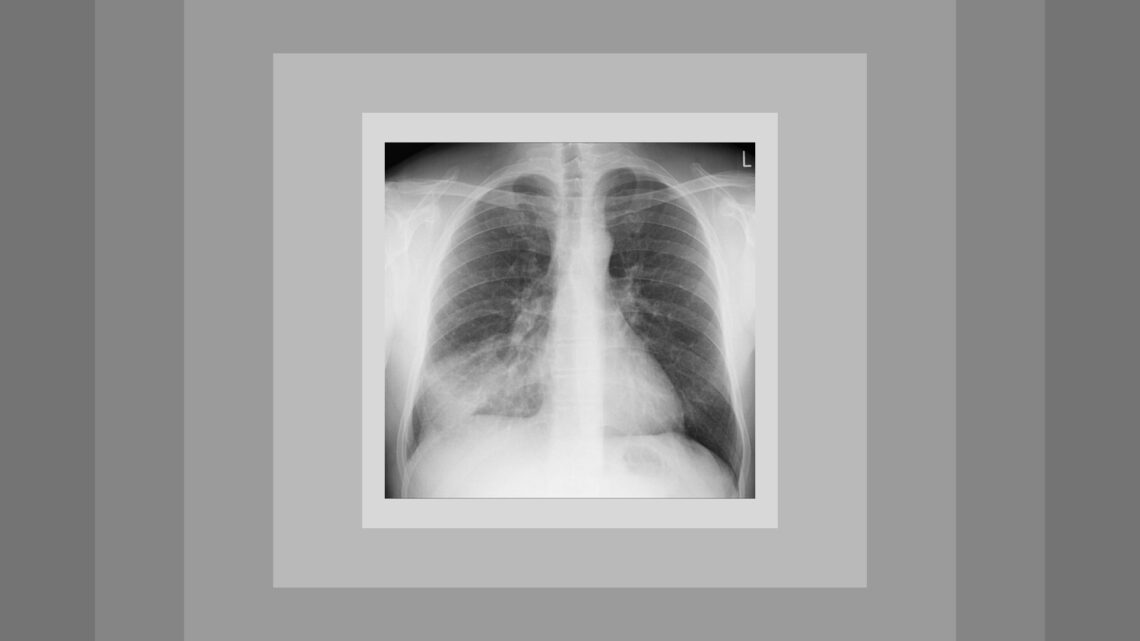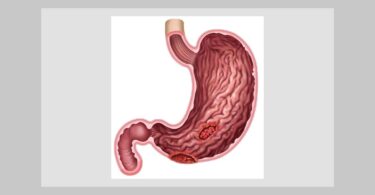Excerpted from: Hahnemannian Monthly volume 2 – Jan -Dec 1917

Aconitum Napelus — Aconite is a most valuable drug in the early stage of the disease, and may often be called into play during a rather protracted acme. As an initial stage remedy it seems to me that homoeopathic text-books err somewhat in stating that one has to see a case very early to get the suitable aconite picture. There are, to my mind, two invaluable signs pointing towards the exhibition of aconite which ought never be absent. One of these is constant bodily movement occasioned by mental unrest. And the other is, a state of the skin like unto a hot brick. If your aconite is a good preparation it should rapidly induce profuse perspiration and if it does not, throw it away and make a good preparation by hand.
Belladonna — This remedy is one which has a very wide range of usefulness and seems one most often indicated when all sorts of diseased states are considered, at least in a hospital for sick children. It is the great congestive delirifacient, sudden and fulminating in character. Like aconite its mental modality is characteristic also. Cross-grained irritability and a headstrong degree of pugnaciousness with a strong desire to flee are the extremes in a mental way. If the pulse is recorded it is found unduly rapid, judging from the amount of fever present. Great thirst is seen, but there is an inability of the stomach to retain anything. Uncontrollable vomiting is truly typical of this drug. Like aconite, it is a drug which will act in a speedy fashion.
The congestion of the blood to the head is marked and unlike aconite is not dissipated by making the patient sit bolt up-right. This is a good point and I saw it recently emphasized by Dr. John H. Clarke. With Belladonna the unstriped musculature seems to lack good control. Like the awful mouth dryness this is a primary symptom of the first importance.
Lycopodium — Any pneumonic condition connoting a breathing struggle on the part of the patient will certainly have lycopodium on its list of indicated probabilities. Von Lippe considered a flaying of the alae nasae of moment in this connection and this in association with the mucus rattle, a distended belly and a scrawny diathesis should all aid in putting one on the track. Of course, lycopodium is eminently a remedy for the ills which are long lasting and chronic, but in lung states, such as above mentioned, it is of well known and sovereign utility.
Mercurius Cyanatus — When this drug is mentioned we all think of diphtheria, and rightly so, because its power against this disease is wonderful. In pneumonia if a patient is seen struggling like an old asthmatic, in an acute attack, with a ghastly livid facial expression, and blue lips and starry eyes, this remedy should be well within our mental vision. Livid states from great struggling, where suffocation is imminent and a paralysis of the lung is threatening, where the unfortunate patient is bathed in a great sweat from his nerve -racking struggles, should certainly call to mind this remedy.
Lachesis — This drug is often of great service in very septic cases of the disease. Suffocative states, more especially in the upper lobe involvements, with great confusion of ideas and intolerable headache are strong indications for its use. Like the picture seen in aconite the patient is demonstrably restless and there is typically a rolling from side to side in the bed. Great dyspnea and great giddiness are strongly indicative. The profession should be very grateful for this drug, as Dr. Constantine Hering risked his life in order to procure it.
Phosphorus — Phosphorus was a drug often used by the early Hahnemannians. To my mind it closely resembles the lachesis. There is the septic-pyemic or purulent condition, the hoarseness (which is of a burning type under phosphorus), the hurried respiration, and the violent palpitation with anxiety while lying on the left side. It is unquestionably a drug having an elective affinity for lung substance, liver tissue, and also cerebro-spinal matter. Observations on the process of metabolism, as well as our present knowledge of internal secretions and ductless glands, have emphasized the importance of phosphorus in the economy of the body. Recent investigations have shown that 3.5 per cent, of the lymphoid cells of the thymus are phosphorus. Sajous believes that the benefit obtained from the therapeutic use of thymus gland is mainly due to the phosphorus it contains.
Antimonium Tartaricum — All pneumonic cases which have developed cough, which is constant and distressing, which is disposed to be loose with much expectoration, need antimonium tartaricum. It is even more suitably indicated if there are present long lasting dyspeptic symptoms with loss of appetite and soreness of the left hypochondrium. If the patient with the mucous rattling develops dyspnea, however, lycopodium or sulphur pushed rather sharply until the counter disease- force has markedly overcome the major disability, may be of inestimable utility.
Tuberculinum — For post-critical temperature of a wobbly kind, and that kind is always a remittent one, the writer personally views the use of tuberculinum of lifesaving benefit. It is also my belief that to use this only once a week is an expression of poor practice. The disease force is rampant and the only way to oppose it is by the rampant use of the tuberculinum, say every two hours, if need be.
Discussion
Dr. D. N. Landis, Perkasie : It seems to me that the paper is good, as far it goes, but with the experience that I have, I cannot see how a man can treat pneumonia without bryonia. Seventy-five per cent, of my cases of pneumonia I have treated with that remedy from beginning to end. I have often said, “If I had pneumonia and could not get any but an allopathic physician, I had rather have no one.” I think I would stand a better chance of recovery with no medicine than with allopathic medicine in pneumonia.
Dr. Theodore M. Johnston, Pittston : Ferrum phos. was not mentioned. I use it, 3X, a great deal in pneumonia. I have been in practice seventeen years, and in the first epidemic, the great epidemic of grippe, I saw a great many patients who developed pneumonia from this disease. I went nine miles to see a patient, a member of a tubercular family, who had got well along in the disease. I left a bottle of four drachms of 3X tablets of ferrum phos., with orders to report the result of their use to me in two days, saying that I would then return, if necessary. I did not get any report, but I met the patient on the street a month afterwards. This was a case that had gone beyond simple congestion and exudation. A case that I see in the first few days will get ferrum phos., and that will usually be all that is necessary. If I could not have but one remedy in such cases, I should take that one.
Dr. William K Griggs, Philadelphia: I do not know whether it is a good thing to get up and say how much experience you have had, but for twenty-two years I have had charge of the medical side of a children’s hospital, where I have treated them by hundreds. We do not find many bryonia cases among children. Seventy-five per cent of them are croupous pneumonia, which is not so fatal in young children as is broncho-pneumonia. We find that phosphorus is more often indicated than bryonia. The lesion is usually in the lower lobe of the right lung; and when you have this, with consolidation, weakness, high fever, delirium and thirst, you frequently find phosphorus the best remedy to use.’ The little ones want ice-cold water. It brings about resolution in six to eight days. In cases that go twelve days without a crisis, I usually look for empyema or some tuberculous condition.
Tuberculinum has been a useful drug in many cases of broncho-pneumonia in children from the tenth month to the third year, with a hard hacking cough and inability to expectorate, together with profuse sweating and loss of weight. I have had several men put it to the test and prove its worth. It is one of the most valuable drugs when the child, after a pseudo-crisis, begins to develop a hard, hacking cough with rales all over the chest. The man who is afraid to use dynamized force, however, had better leave this drug alone. If you push it in these cases, you will get some mighty fine results. It clears up cases in which sulphur, lycopodium and other drugs recommended by the older homeopathists fail. The case that Dr. Macfarlan quoted is a bona fide one which got perfectly well by the use of this remedy. The dosage that I use is from the thirtieth to the two hundredth centesimal.
Dr. Macfarlan : I should like to say in defense that I have often used both bryonia and ferrum phos.
Pneumonia Cases Cured with Homeopathic Medicine
Homoeopathic Management of Pneumonia In a Child of Two Years – by Rakesh Gupta
Encephalitis with Right Sided Pneumonia – by Rajiv Peres
A Case of Chronic Bronchitis and Pneumonia in a Young Boy – by Edgar Mednis
Vlado’s Christmas Story – Observing the Progress of a Life-Threatening Acute – by Angela Needham
A Case of Severe Asthma – by Prasad Shetye & Falguni Khariwala






Many thanks Sir for your kind information, especially this problem appears in WINTER
I am not agree with the comments given that such type of medicine has not been mentioned. because we should know that homeopathy has a very wide scope and there is no specific medicine. The medicine varies man to man and symptom of the patient In case of PHNEUMONIA Bryonia and Ferrum phos may be good one